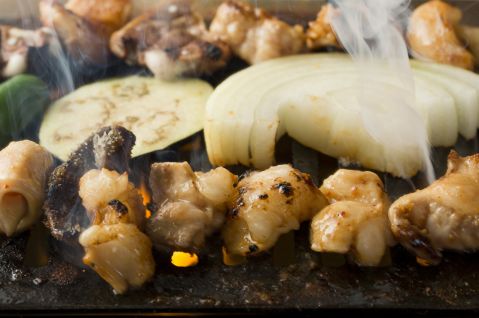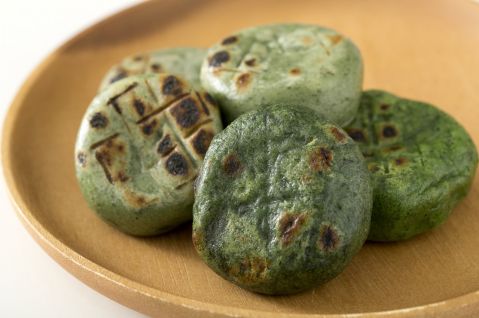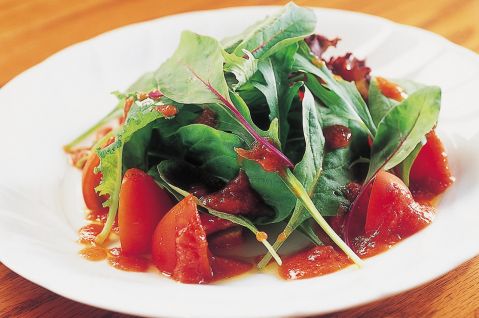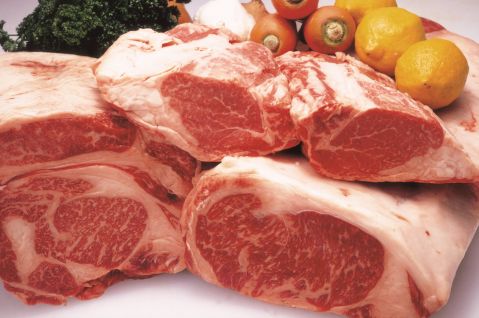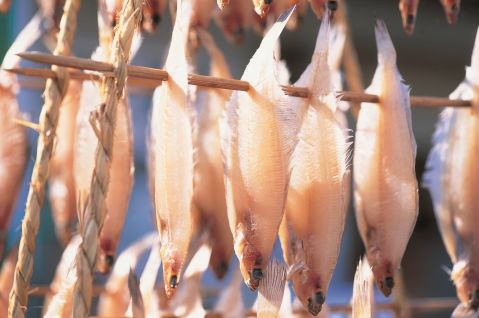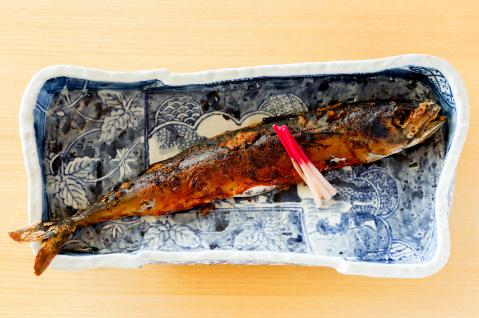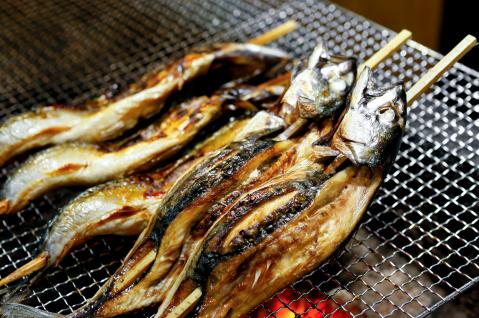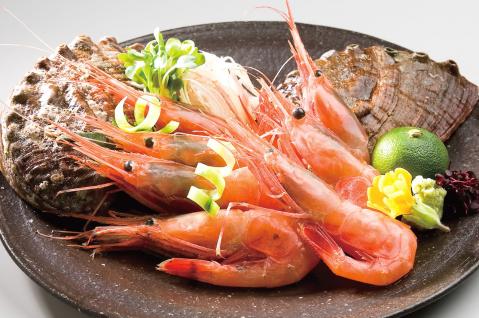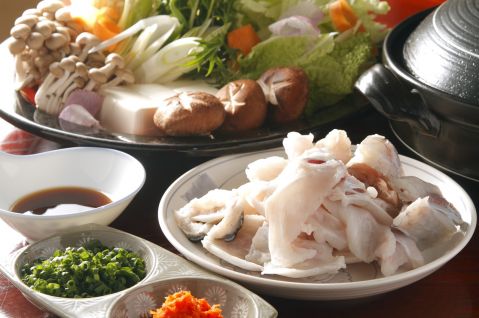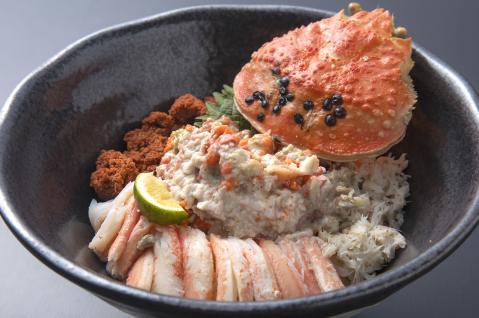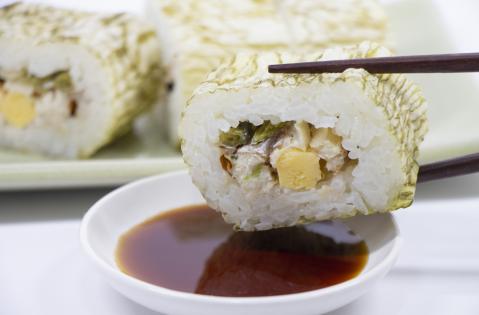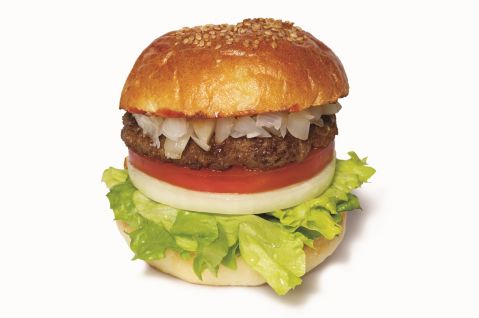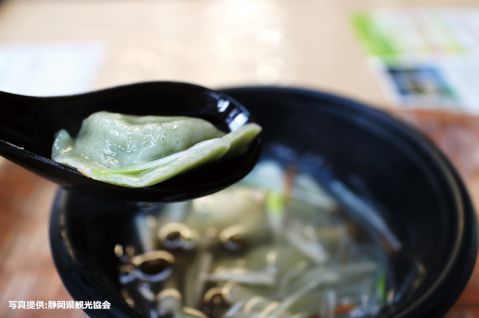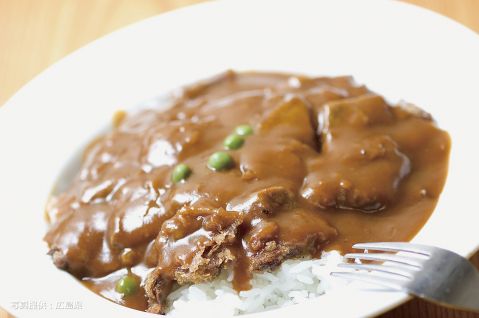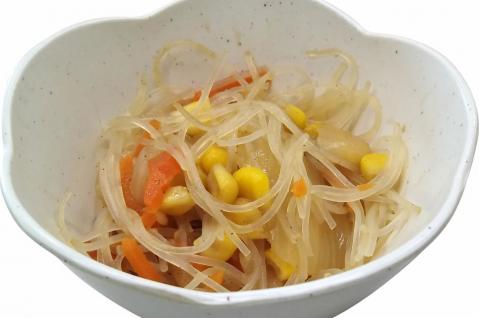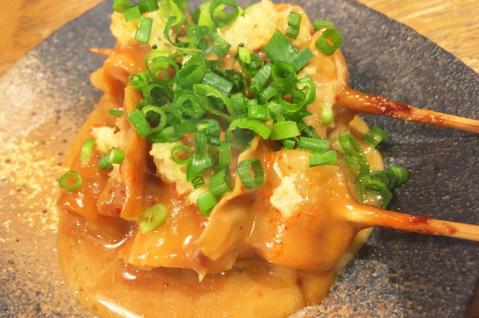Regional cuisine of Fukui region
Cooking Classes in Japan
airKitchen allows travelers from all around the world to book and experience authentic cooking classes. Chose your best cooking class from 1000+ classes.
Kachiyama Oyaki
Kachiyama Oyaki (勝ち山おやき, Kachiyama oyaki) is a traditional Japanese sweet cherished by the people of Katsuyama. This delightful treat features a mug...
Fukui Ume (Fukui Plums)
The history of cultivating Fukui ume (福井梅, Fukui plums) dates back centuries, with its origins said to trace back to the early Edo period (1830–1844) in t...
Ruby of Echizen
"Ruby of Echizen" (越のルビー, Koshino Ruby) is a premium brand of medium-sized tomatoes grown exclusively in Fukui Prefecture, Japan. The variety known a...
Wakasa Beef
Wakasa Beef (若狭牛, Wakasa gyu) is a top-grade wagyu beef, carefully selected under stringent standards from Japanese Black cattle lovingly raised by dedica...
Wakasa Karei
Wakasa Karei (若狭がれい) refers to dried willow flounder fish (Yanagimushi Garei) caught in the nutrient-rich waters of Wakasa Bay. Located where warm an...
Whole Grilled Mackerel
Whole Grilled Mackerel (丸焼き鯖, Maru-yaki Saba) is a traditional dish from the Wakasa region of Fukui Prefecture, an area known for its rich culinary histo...
Satoimo no Koroni (Simmered Taro)
Satoimo no Koroni (里芋のころ煮, Simmered Taro) is a staple vegetarian dish traditionally served during Houonkou, the largest annual event in Jodo Shinshu Bu...
Amaebi (Sweet Shrimp)
Amaebi (甘エビ, Sweet Shrimp), raised in the nutrient-rich waters where warm and cold currents meet off the coast of Mikuni in Fukui Prefecture, are prized f...
Mackerel Heshi-ko Pickle
Heshi-ko is a traditional dish from the Wakasa region of Fukui Prefecture, made by pickling salted mackerel in rice bran. It is usually prepared in spring wh...
Wakasa Fugu (Pufferfish)
The "king of fugu," tiger pufferfish (torafugu), is raised with great care in Fukui Prefecture, the northernmost point of its production. Known as "Wakasa Fu...
Echizen Crab
Echizen Crab (越前がに, Echizen gani) is one of the top brands of snow crab in Japan, caught exclusively in Fukui Prefecture. Known for its firm, sweet me...
Echizen Oroshi Soba
Echizen Oroshi Soba (越前おろしそば, Echizen soba) is a distinctive soba dish primarily enjoyed in the Reihoku region of Fukui Prefecture. Its uniqueness ...
Wild-Caught Freshwater Eel
In Fukui Prefecture's Wakasa and Mikata Five Lakes, you can find wild-caught freshwater eel. The eels from the Mikata Five Lakes are also known by the nickna...
Oboro Kombu Mackerel Sushi
Oboro Kombu Mackerel Sushi (おぼろ昆布 鯖寿司) is a delightful dish featuring thick, fresh mackerel caught in nearby waters, marinated in a special blend of ...
Kind of food
Recommended
-
![Saga Ramen]()
Saga Ramen
Saga / >Ramen -
![Mikuni Burger]()
Mikuni Burger
Fukui / >Local cuisine -
![Hachinohe Grilled Mackerel Skewers]()
Hachinohe Grilled Mackerel Skewers
Aomori / >Seafood -
![Susono Water Dumplings]()
Susono Water Dumplings
Shizuoka / >Local cuisine -
![Naval Gourmet]()
Naval Gourmet
Hiroshima / >Local cuisine -
![Harusame (Glass Noodles)]()
Harusame (Glass Noodles)
Nara / >Soba & Udon -
![Butter Mochi]()
Butter Mochi
Akita / >Local cuisine -
![Dote-yaki]()
Dote-yaki
Osaka / >Meat dish

